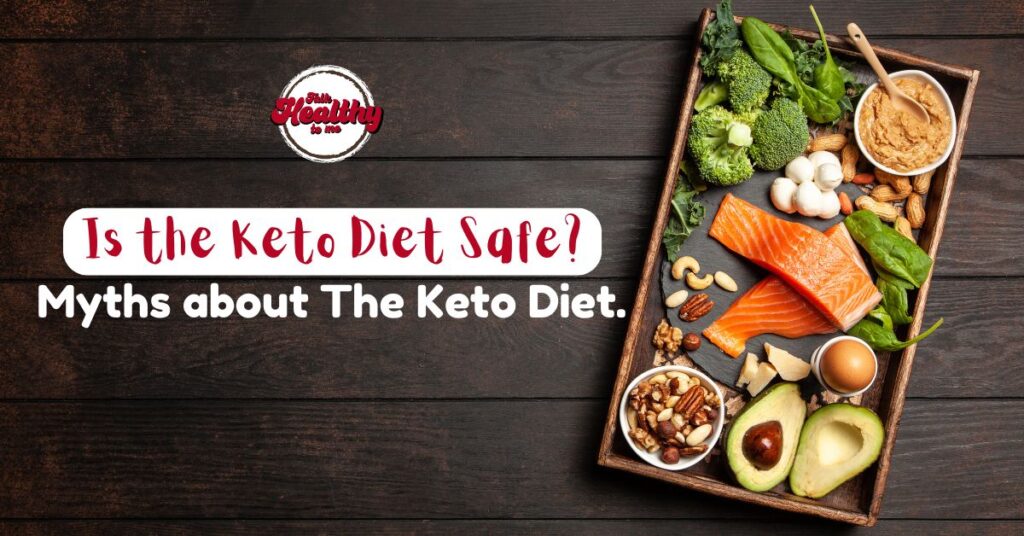Have you ever wondered what’s in the packaging that holds your food? While we pay close attention to food labels, we often overlook the materials and chemicals used in the packaging itself. These “invisible ingredients” can quietly leach into your food and affect your health. Let’s dive into the world of harmful ingredients in food packaging and discover how to spot them before they make their way to your plate. For more tips on healthy living, check out Talk Healthy To Me.
Why Food Packaging Matters
Food packaging is more than just a container. It’s designed to protect the food, extend its shelf life, and make it convenient for transportation. But what’s protecting us from the packaging? Harmful ingredients can migrate into the food, especially when exposed to heat, light, or long storage periods. Learn more about safer options at Talk Healthy To Me.
What Are Harmful Ingredients?
Harmful ingredients in food packaging are chemical substances that can leach into the food. These substances might include plasticizers, heavy metals, or synthetic compounds. Think of them as uninvited guests at your dinner table—silent, but potentially dangerous.
Common Harmful Chemicals in Packaging
Let’s break down the most notorious culprits lurking in food packaging:
Bisphenol A (BPA)
This chemical is commonly found in polycarbonate plastics and epoxy resins. BPA is used in the lining of canned foods and plastic containers. It mimics estrogen and has been linked to hormonal imbalances, infertility, and increased cancer risk.
Phthalates
Phthalates are used to make plastics flexible. These chemicals are often found in food wrap, plastic containers, and even fast-food packaging. They can disrupt endocrine functions and are associated with developmental and reproductive issues.
Perfluoroalkyl Substances (PFAS)
PFAS are sometimes called “forever chemicals” because they don’t break down easily. They’re used in grease-resistant packaging like microwave popcorn bags and pizza boxes. Studies link PFAS to cancer, immune suppression, and hormone disruption.
Heavy Metals
Lead, cadmium, and other heavy metals can be present in some inks, dyes, and glues used in packaging. These metals are toxic even at low levels and can lead to neurological and developmental damage.
How Do These Chemicals Affect Health?
Harmful ingredients can have short- and long-term health effects, including:
- Hormonal Disruption: Chemicals like BPA and phthalates interfere with the body’s endocrine system.
- Increased Cancer Risk: PFAS and BPA are linked to higher incidences of cancer.
- Reproductive and Developmental Issues: Heavy metals and phthalates can impact fertility and child development.
- Immune System Suppression: PFAS weakens the body’s defense against diseases.
Reading Food Packaging Labels
Not all packaging lists harmful ingredients directly, but here’s what to look for:
- Recycling Codes: Avoid plastics marked with #3 (PVC), #6 (PS), and #7 (other, often includes BPA).
- Chemical-Free Labels: Look for terms like “BPA-free,” “phthalate-free,” or “toxin-free.”
- Ingredient Transparency: Opt for brands that disclose their packaging materials.
Tips for Safer Food Packaging Choices
- Switch to Glass or Stainless Steel: These materials don’t leach chemicals and are reusable.
- Avoid Heating Food in Plastic: Heat increases chemical migration. Use ceramic or glass instead.
- Buy Fresh Foods: Fresh produce reduces the need for packaged and processed items.
Eco-Friendly Alternatives
The market for safer, sustainable packaging is growing. Options include:
- Biodegradable Packaging: Made from natural fibers like bamboo or cornstarch.
- Reusable Wrappings: Beeswax wraps are a fantastic alternative to plastic wrap.
- Compostable Bags: These break down quickly and safely in the environment.
Legislation and Consumer Advocacy
Governments and organizations worldwide are stepping in to regulate harmful chemicals. The EU has banned BPA in baby bottles, and several U.S. states have introduced restrictions on PFAS. Advocacy groups are pushing for more transparency and stricter laws. For updates, visit Talk Healthy To Me.
The Role of Recyclable Materials
Recycling reduces the demand for virgin materials but isn’t a perfect solution. Many plastics are downcycled, meaning they’re turned into lower-quality products that eventually end up in landfills. Choosing safer, recyclable packaging is a step in the right direction.
What Can You Do to Protect Yourself?
- Stay Informed: Knowledge is power. Keep an eye out for news on harmful ingredients and safer alternatives.
- Support Ethical Brands: Choose companies that prioritize safe and sustainable packaging.
- Spread Awareness: Share what you’ve learned with family and friends. Visit Talk Healthy To Me for actionable tips.
Conclusion
The packaging your food comes in matters more than you might think. By identifying harmful ingredients and making safer choices, you can protect your health and contribute to a cleaner, healthier planet. Let’s take a stand for transparency and demand better from the brands we trust. For more guidance, explore resources at Talk Healthy To Me.





